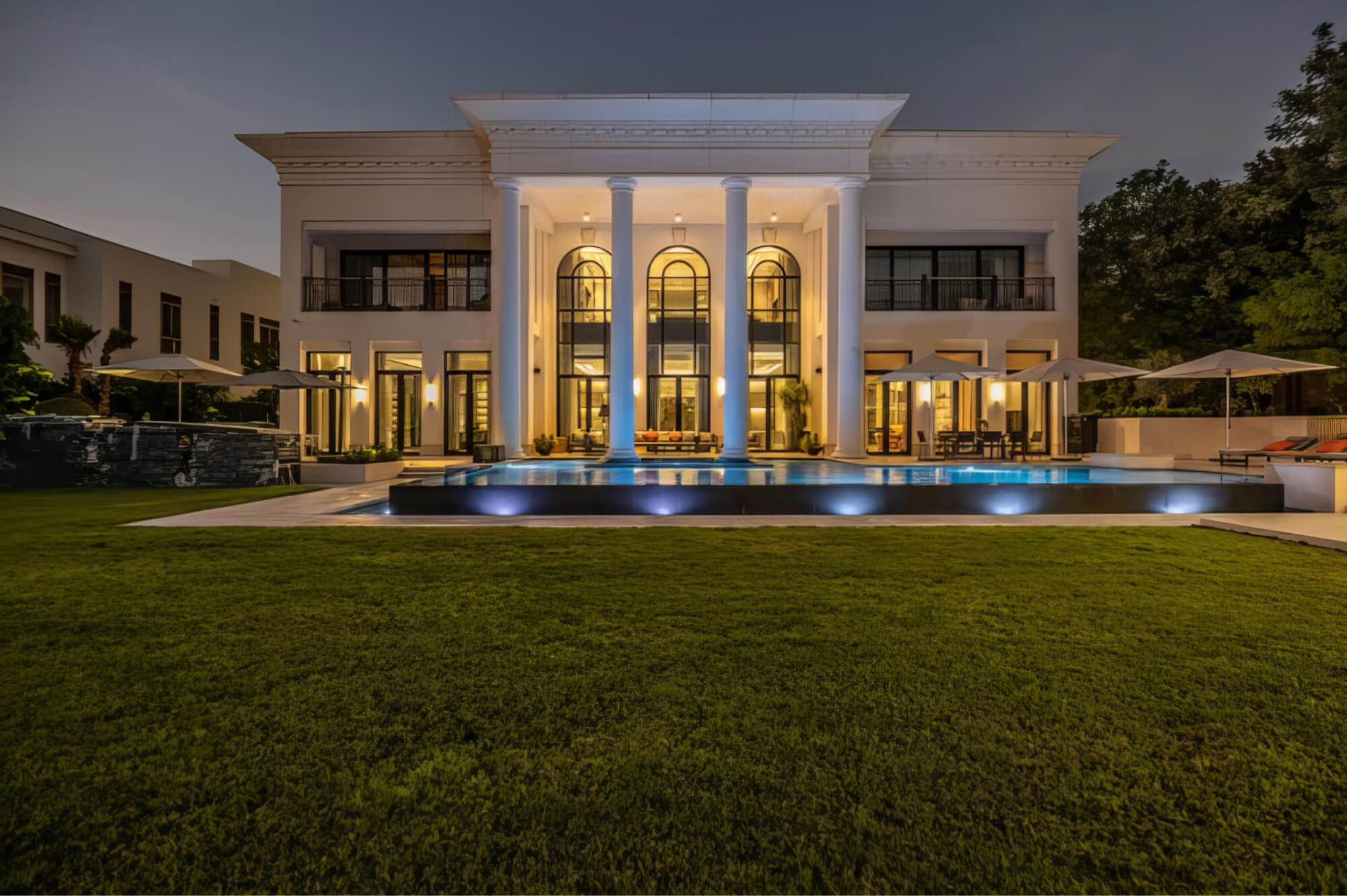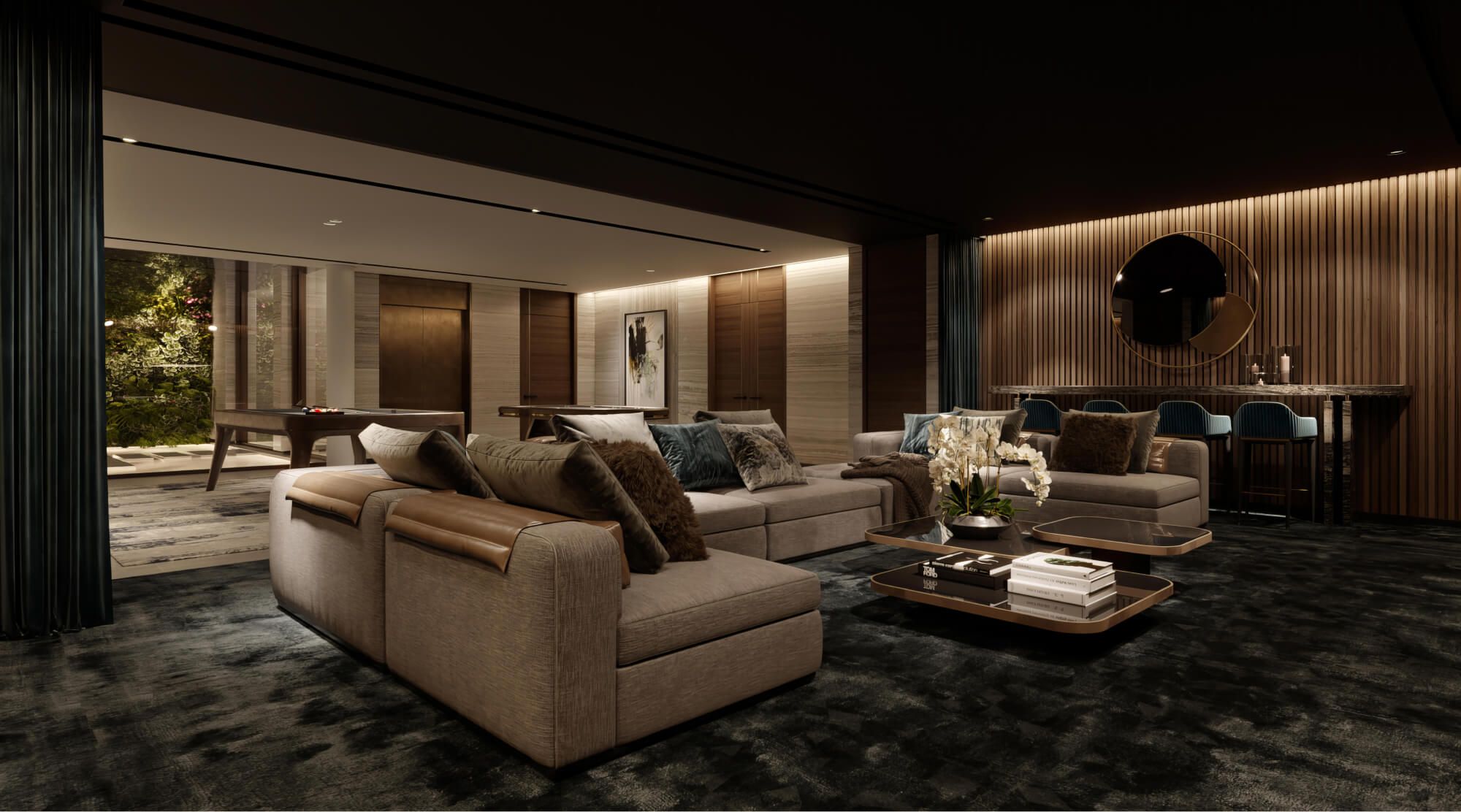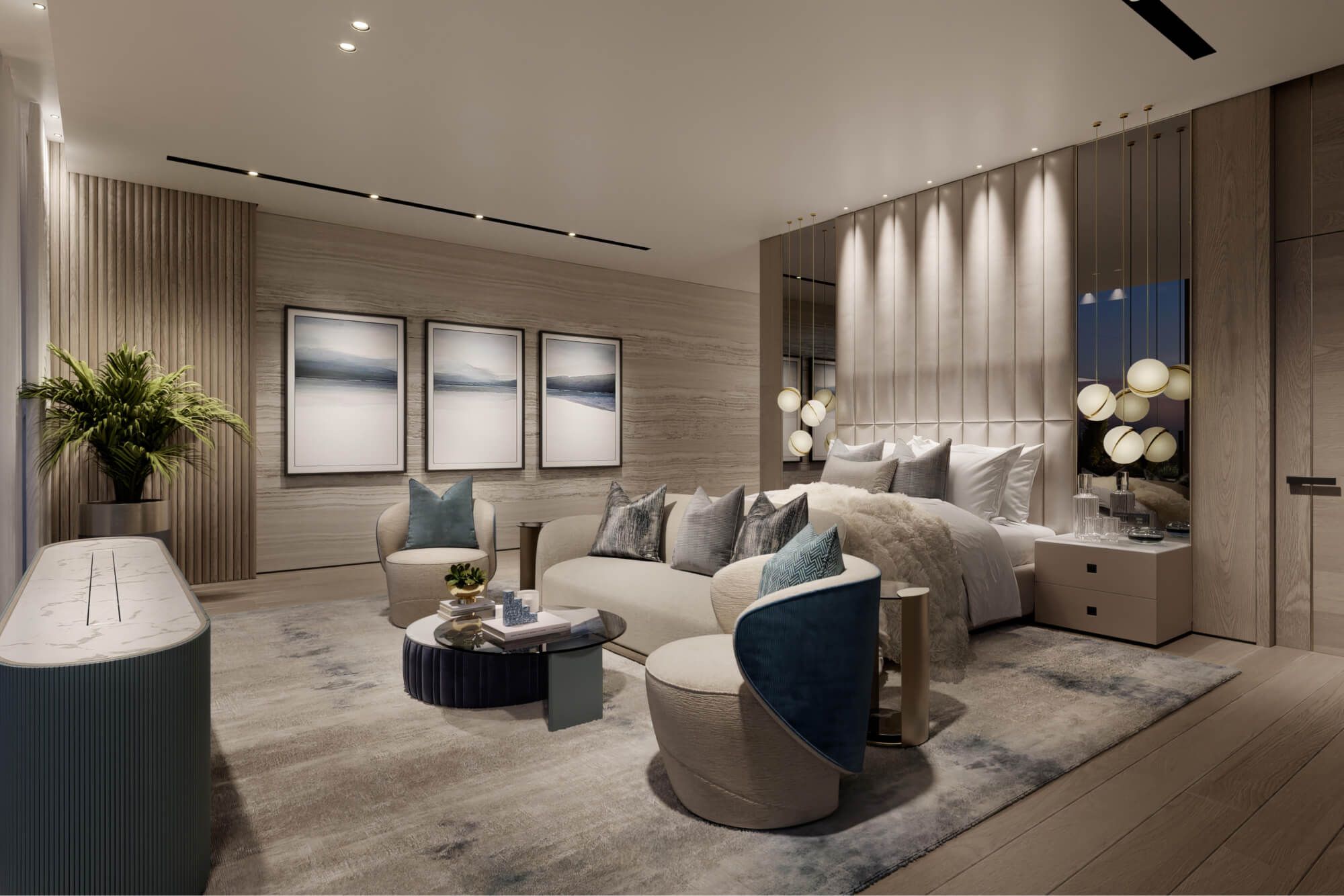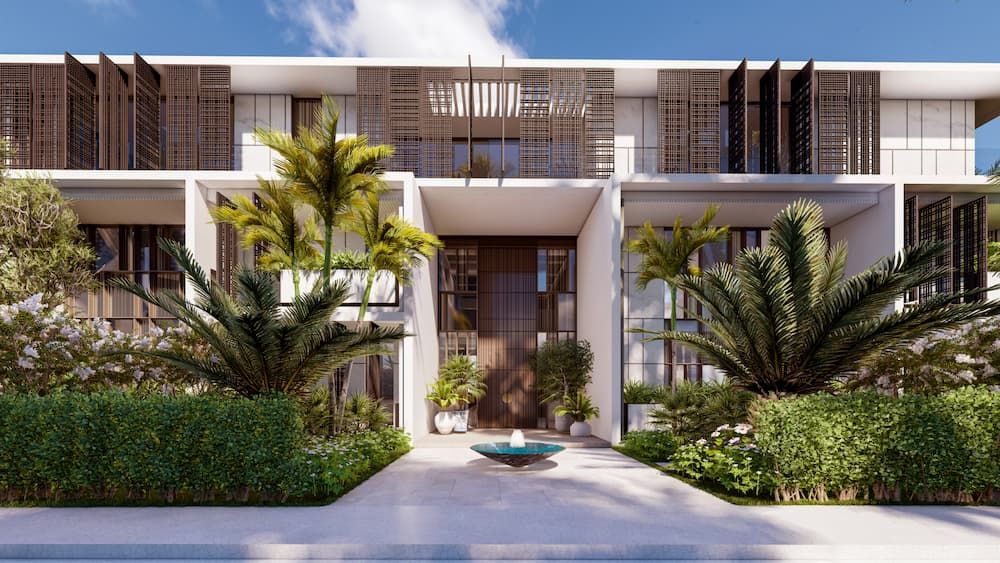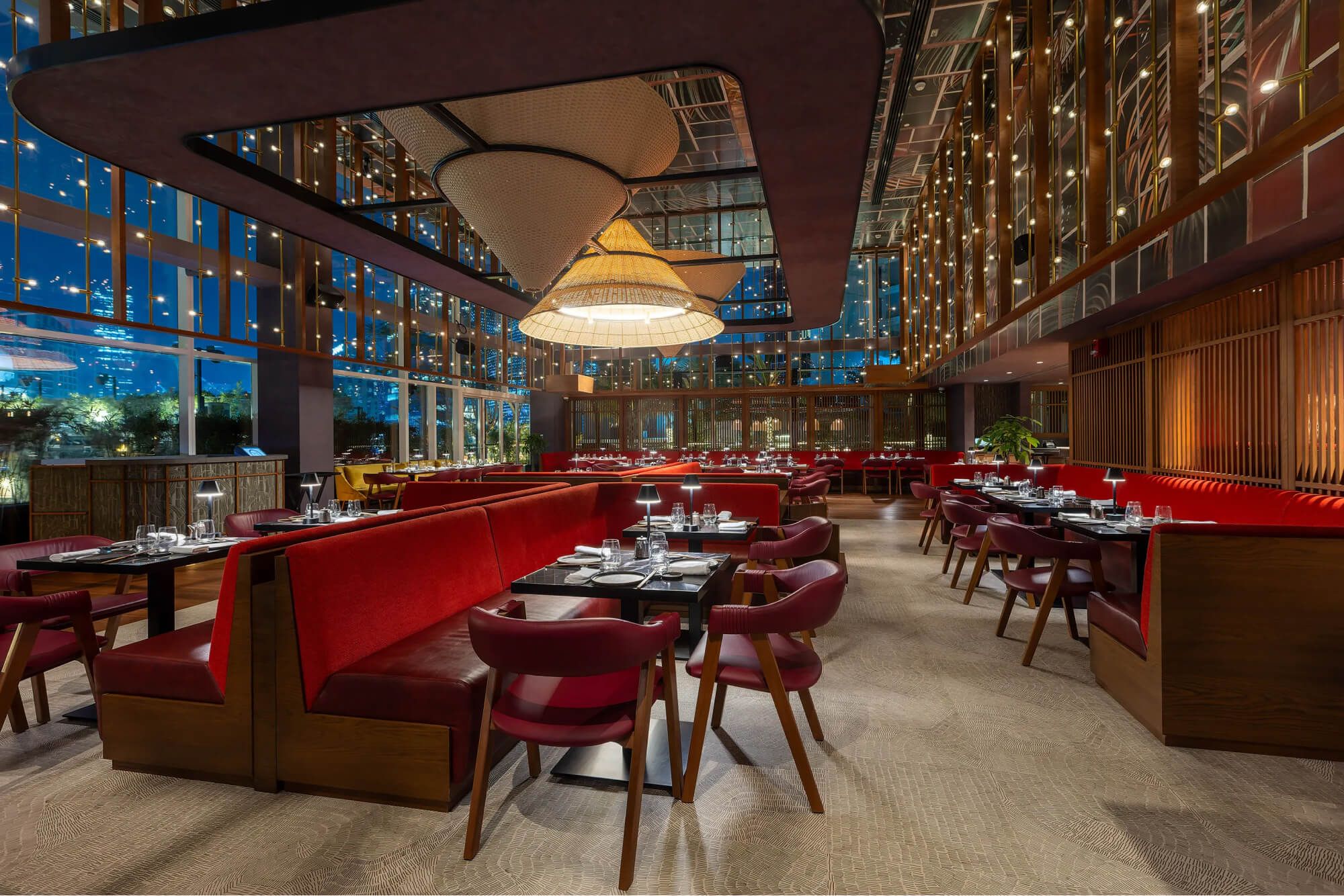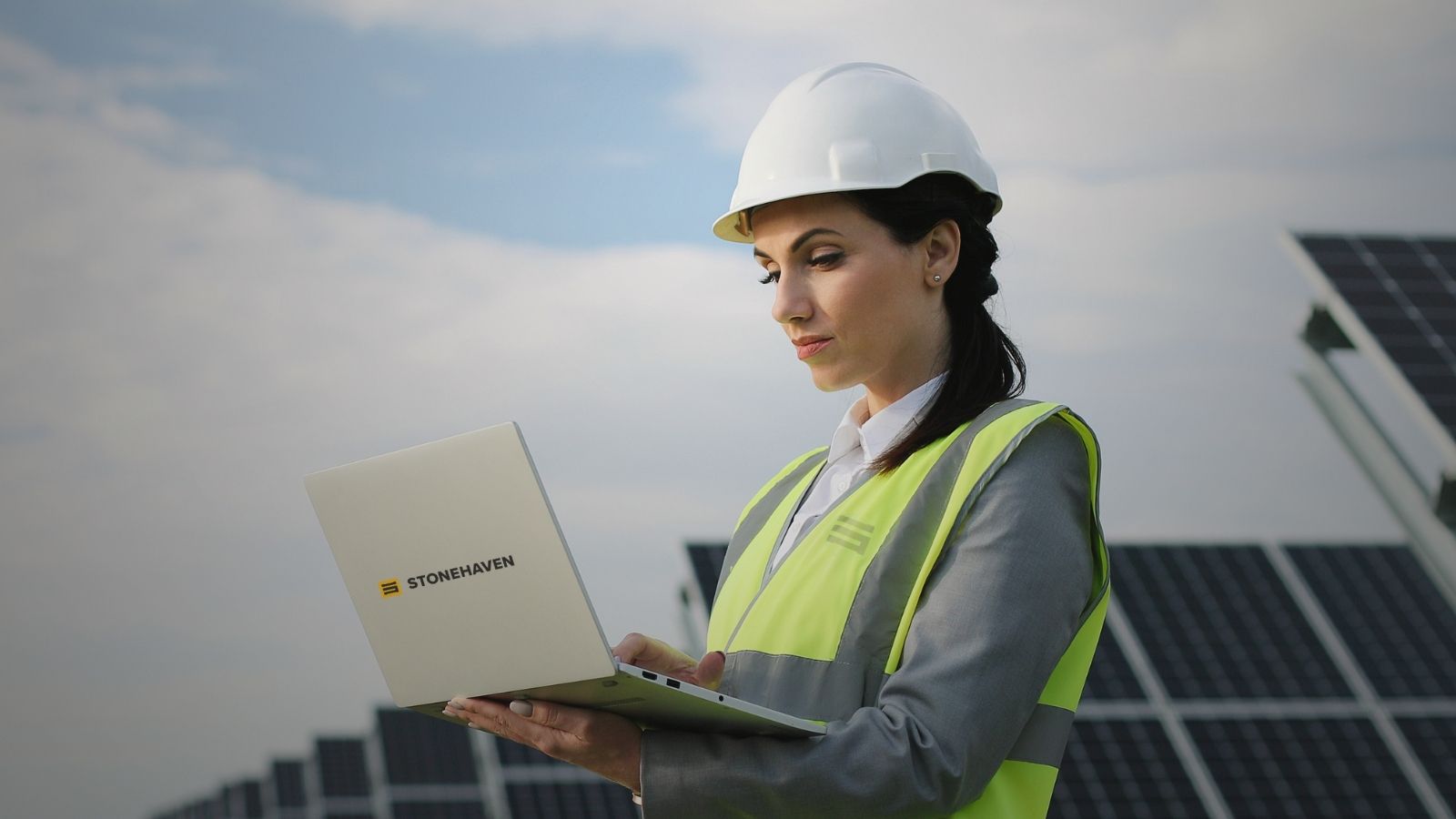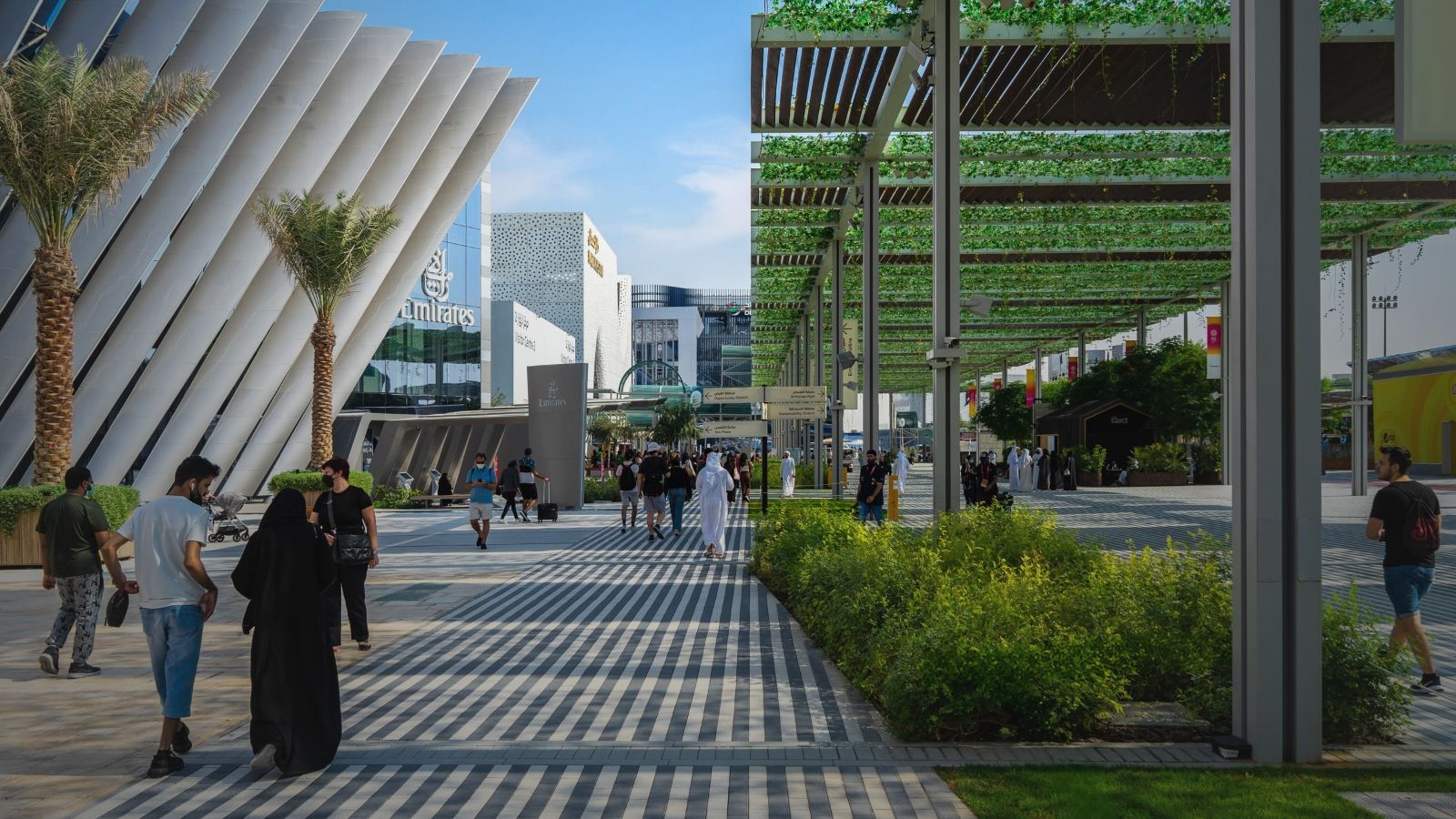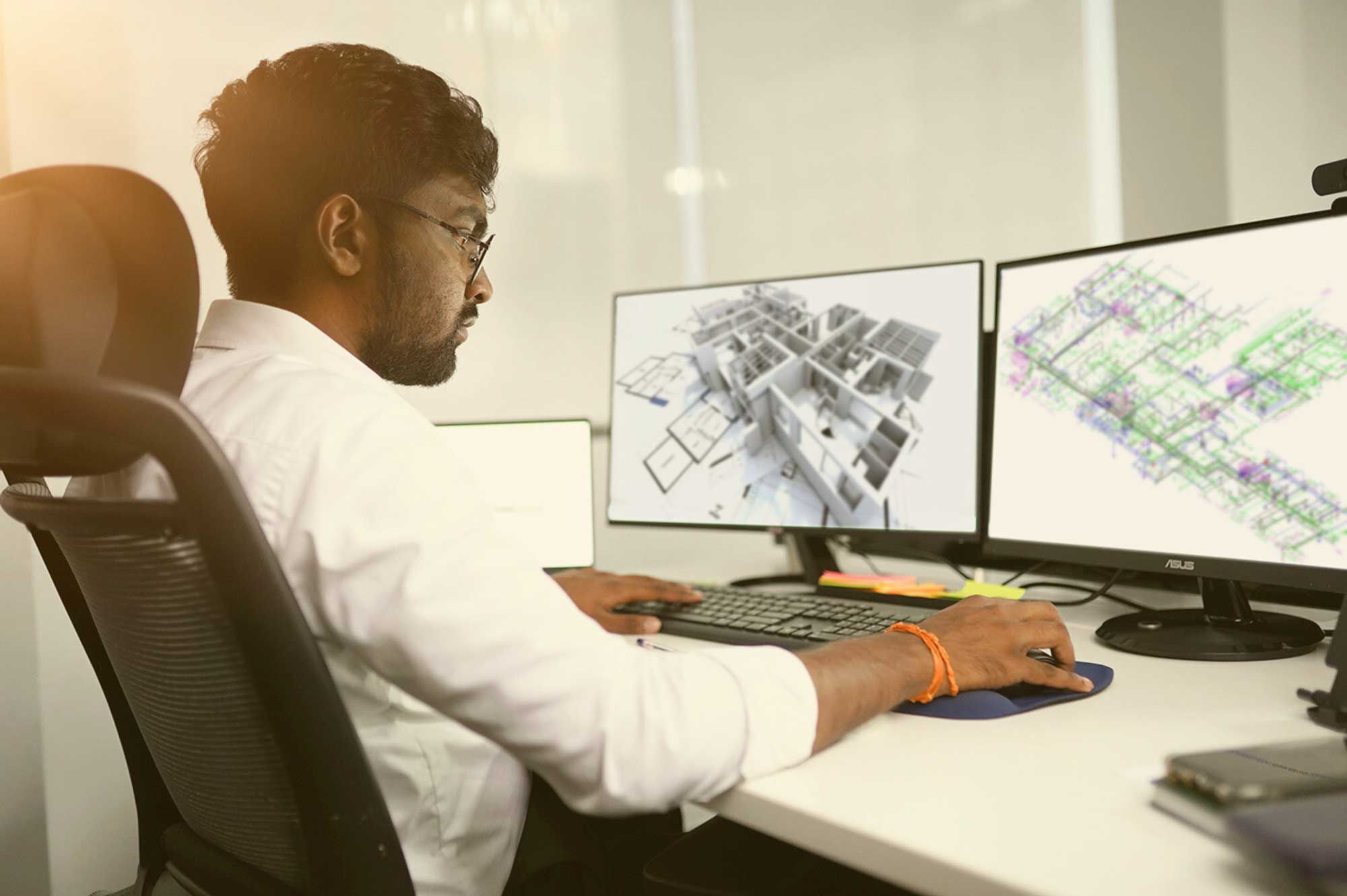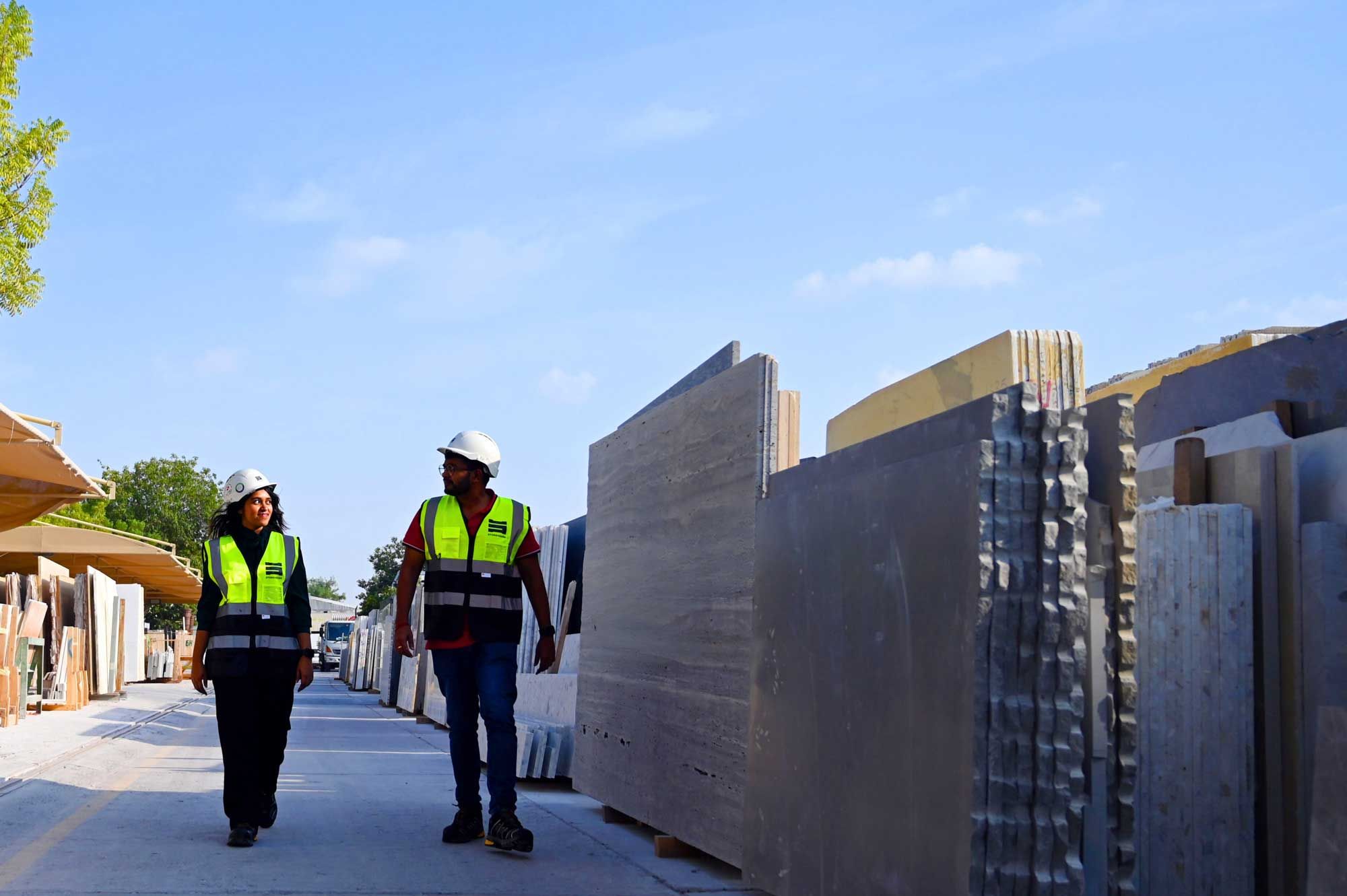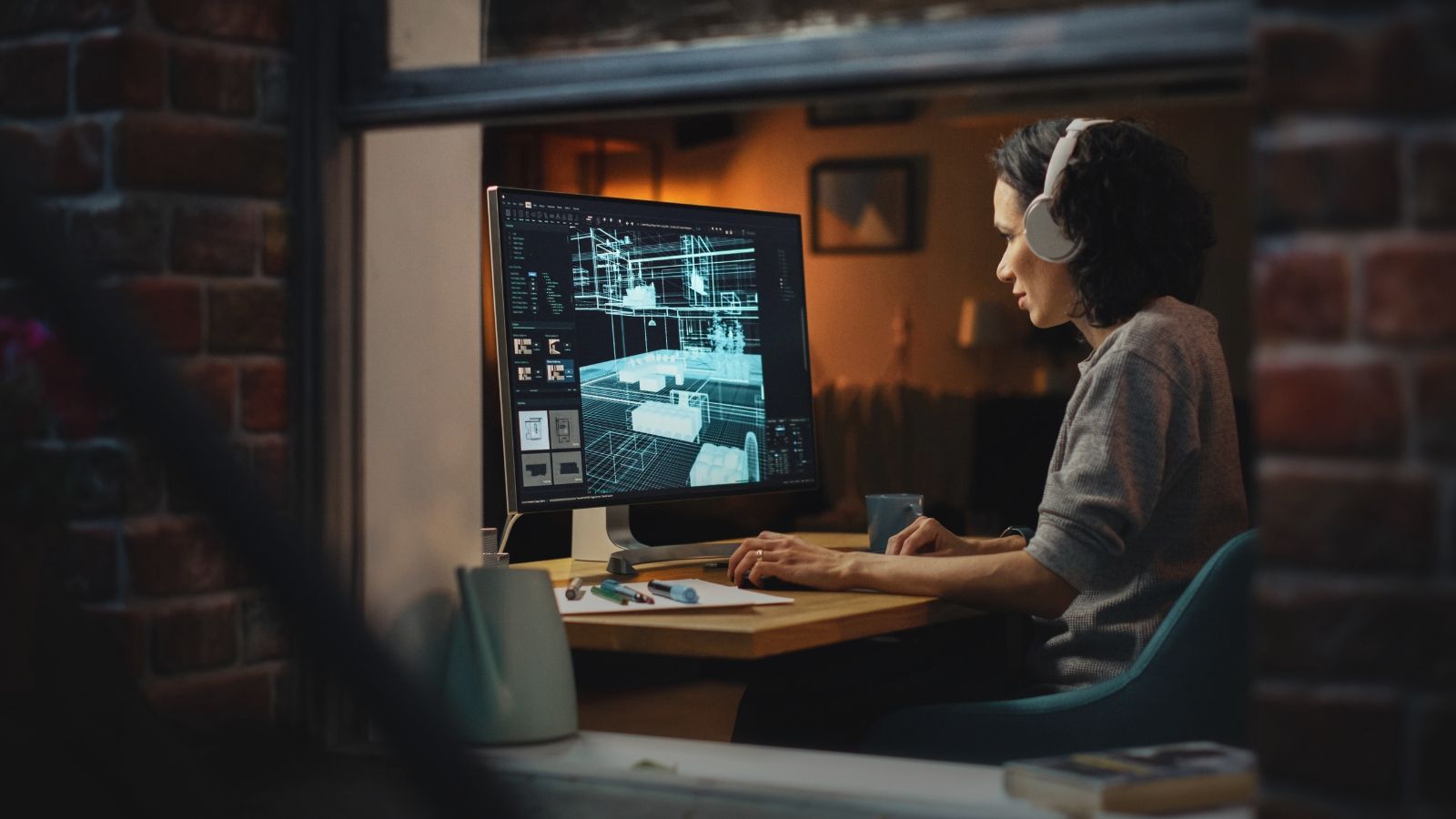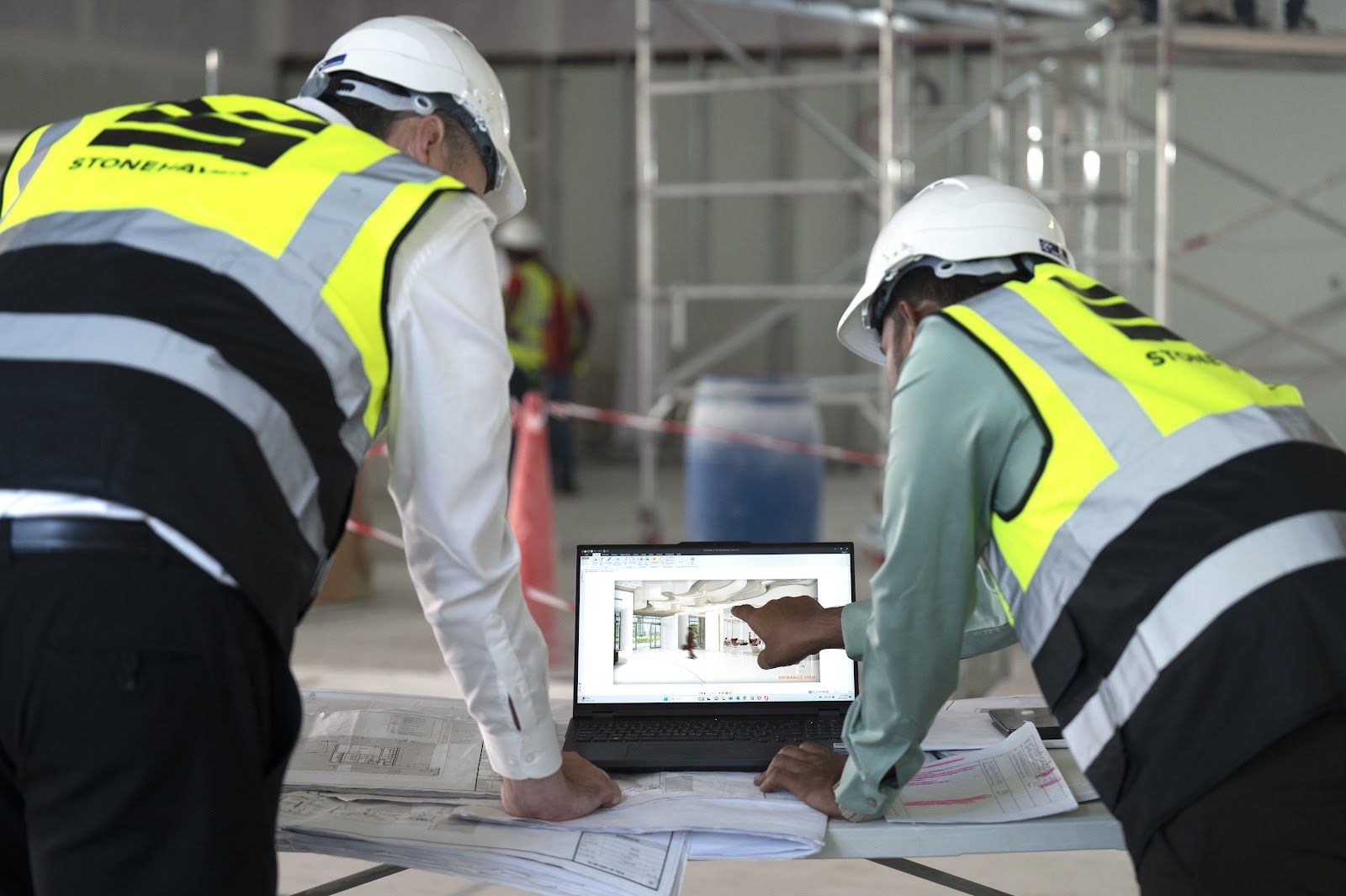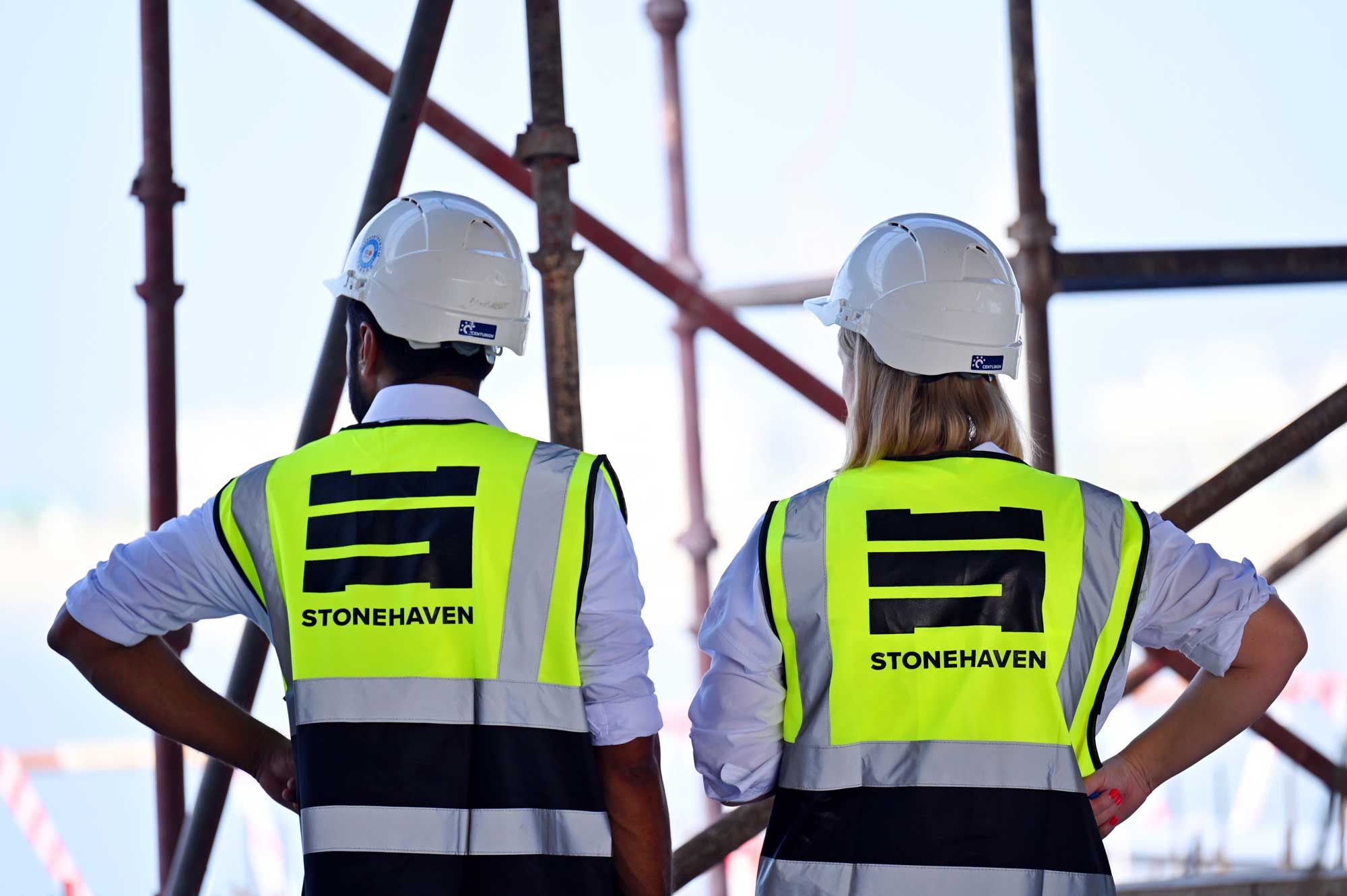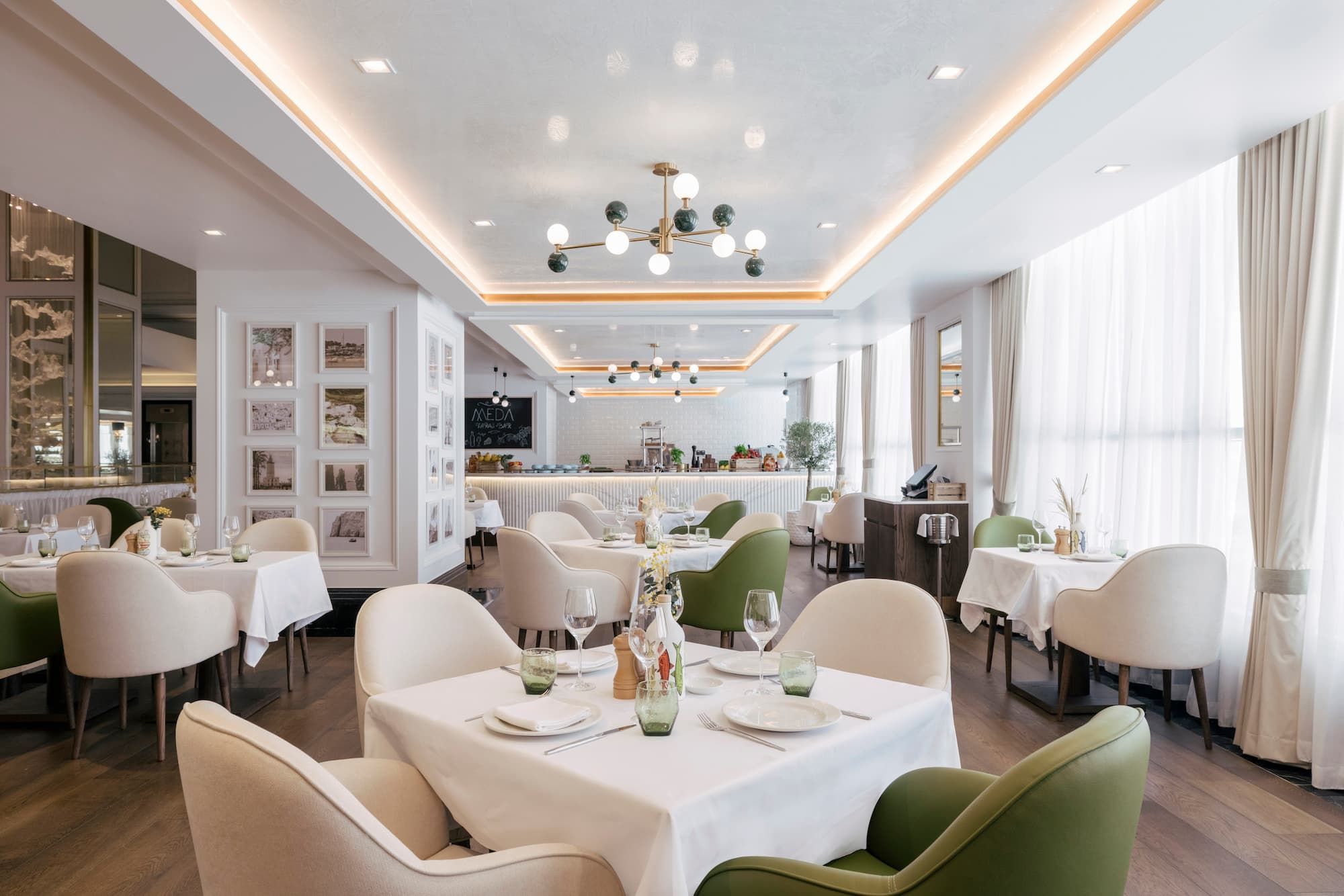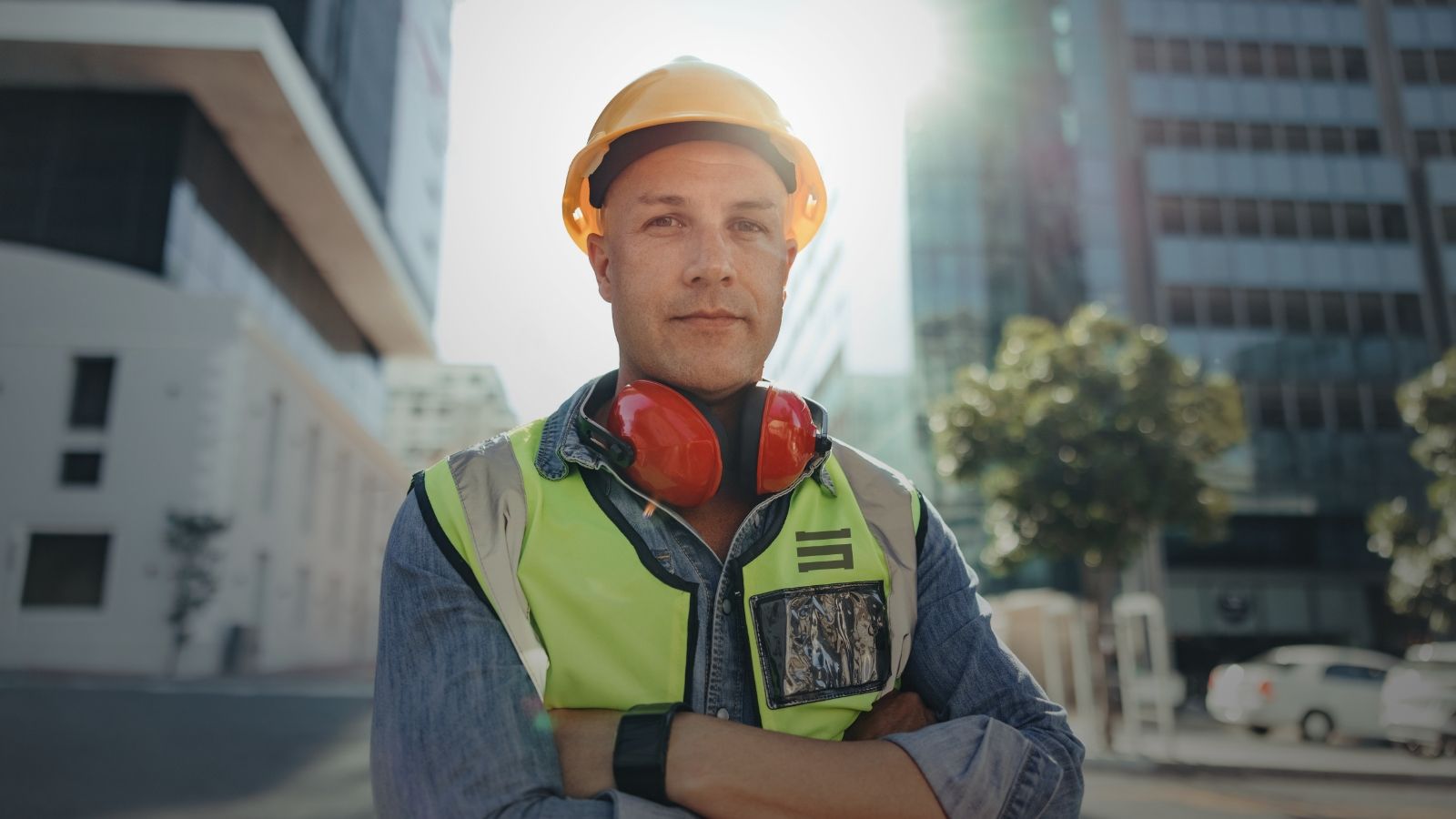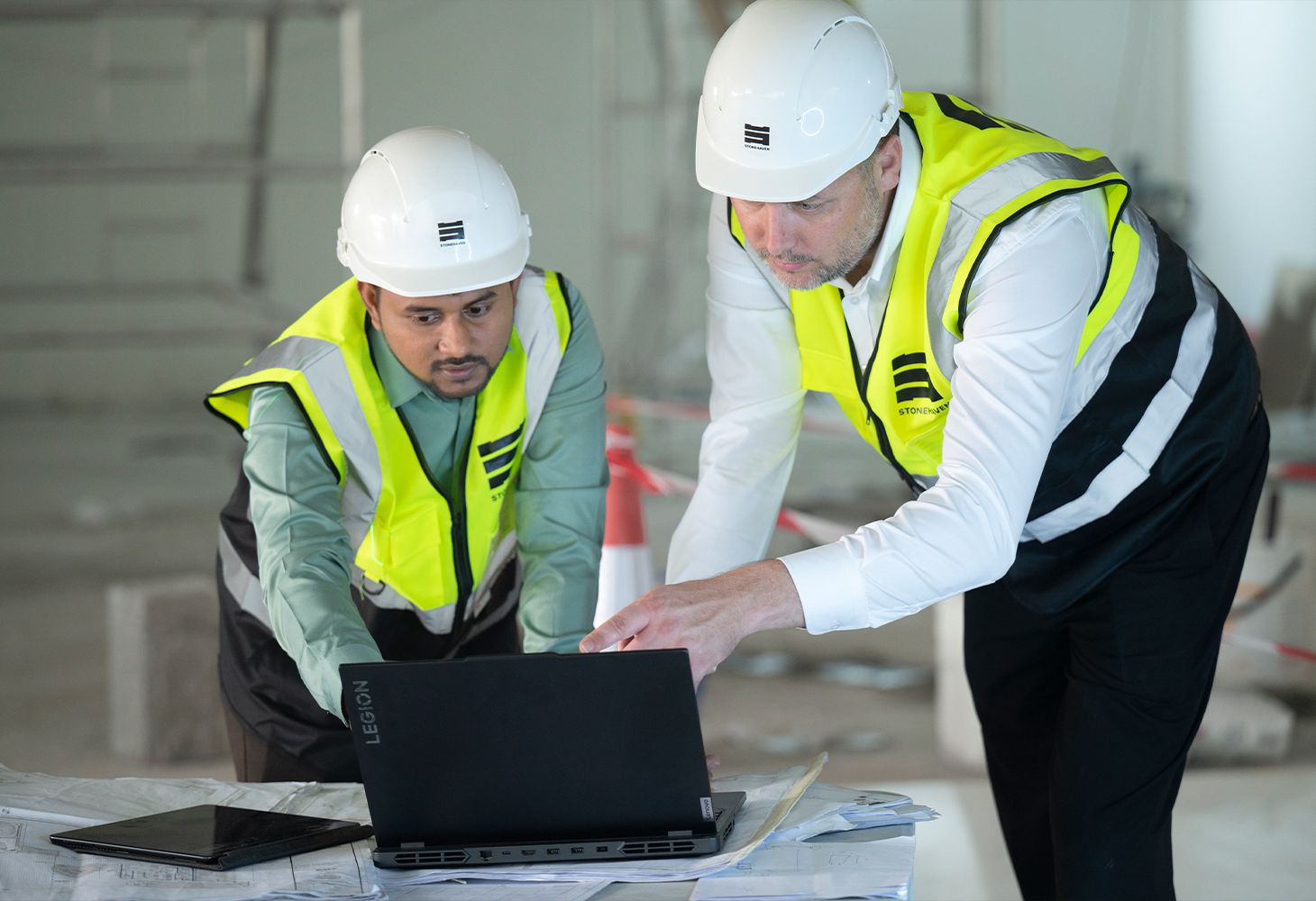The UAE construction industry is undergoing a transformative shift, driven by the urgent need to address global climate challenges and support national economic diversification. As the country transitions toward a low-carbon economy, sustainable energy has become a cornerstone of development. Known for its iconic skyline and landmark mega-projects, the UAE is now embedding its architectural ambition within a broader commitment to renewable energy and green building practices.
At the heart of this transformation are national directives like the UAE Energy Strategy 2050 and the Net Zero by 2050 Strategic Initiative, which are reshaping how buildings are designed, constructed, and operated. Renewable energy in the UAE is no longer a peripheral consideration, it is central to infrastructure development, influencing everything from urban planning and material selection to energy efficiency and digital innovation.
As sustainability becomes embedded in national policy and industry standards, green construction practices in the UAE are evolving rapidly. Today’s buildings are not only expected to be structurally impressive but also intelligent, adaptive, and aligned with clean energy goals.
This blog explores how green technology, renewable energy integration, and smart infrastructure are redefining the future of construction across the UAE. We’ll examine key innovations, opportunities, and challenges as energy-efficient building design becomes a national imperative.
What is Sustainable Construction?
Sustainable construction refers to the creation and operation of built environments in a manner that reduces environmental impact, enhances energy efficiency, and promotes the responsible use of renewable resources. In the UAE, this approach aligns perfectly with national goals surrounding green energy and renewable energy sources.
How Can Construction Support the UAE Energy Strategy 2050?
Under the country’s Energy Strategy 2050, the UAE aims to balance energy supply with sustainable growth by investing in renewable energy and cleaner, greener energy sources. With a planned investment of AED 200 billion (USD$ 54.5 billion) in clean energy, sustainable construction becomes not just a best practice but a national imperative.
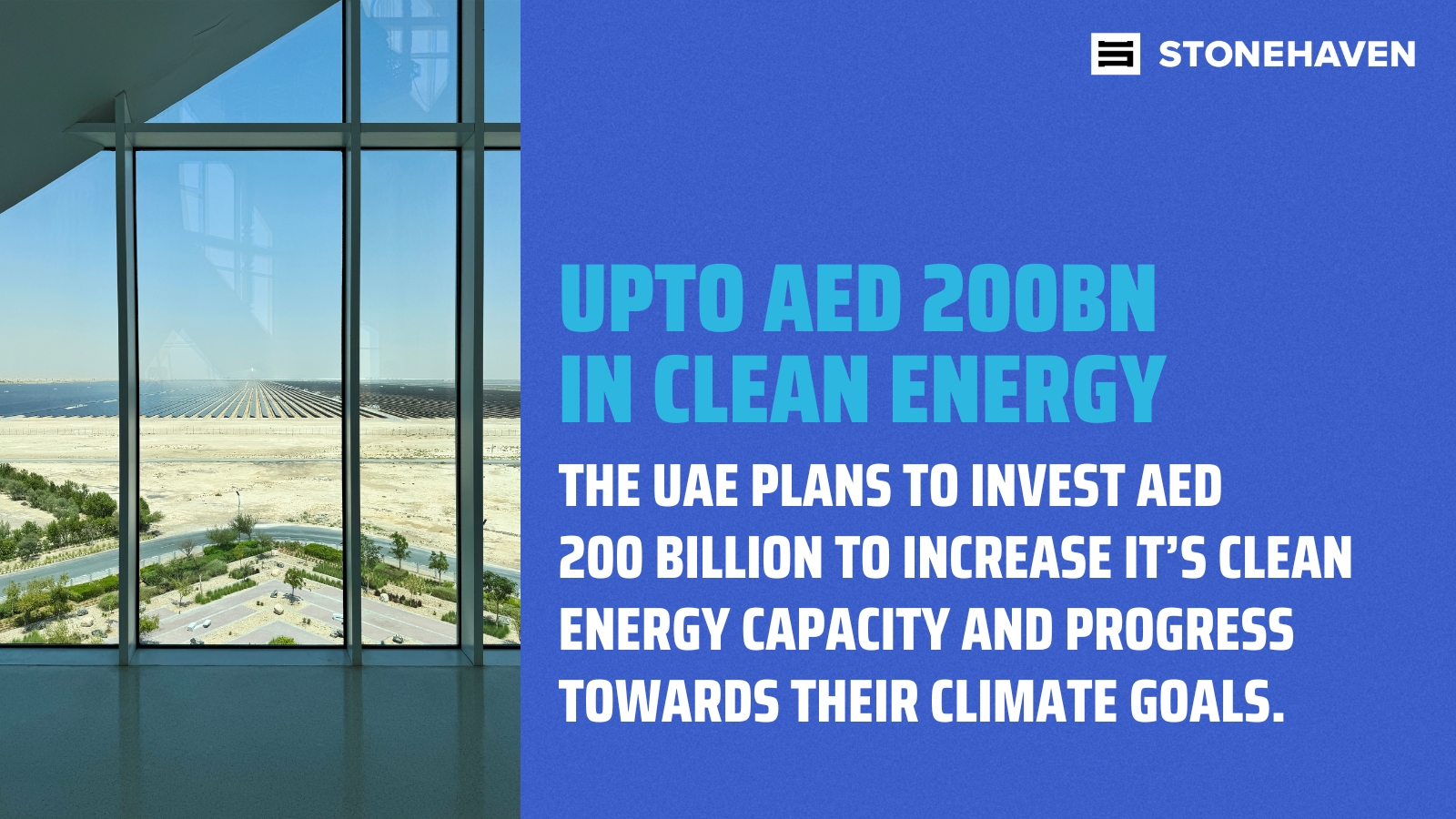
This shift affects all phases of construction: from design, where orientation and insulation are optimised for solar gain and cooling, to materials selection, which prioritises low-emission and recycled components. Operational considerations include smart building management systems that use IoT and AI to monitor and optimise energy use.
Sustainable construction in the UAE also incorporates cultural and regional context, considering local climate conditions and architectural traditions while integrating modern green energy solutions. Iconic developments like Masdar City in Abu Dhabi and the Mohammed bin Rashid Al Maktoum Solar Park in Dubai are leading examples of how the integration of energy and sustainability is driving construction innovation in real-world applications.
What is the Impact of Renewable Energy on Building and Design?
The UAE’s commitment to renewable energy is not just transforming utilities; it is fundamentally changing how construction projects are conceptualised and implemented. As of 2024, the UAE's renewable energy capacity has doubled to 6 gigawatts from 3.1 gigawatts in 2022, primarily driven by solar photovoltaic (PV) projects.
This impressive growth underscores the nation’s dedication to sustainable energy and places growing pressure on the construction industry to adapt, innovate, and lead. With this momentum, the UAE is on track to not only meet its ambitious clean energy goals but also shape the future of infrastructure development with renewable energy at its core.
Green energy is influencing building design, master planning, and infrastructure development in several ways. With a mandate to source most of the country’s energy from renewables - architects and engineers are designing for efficiency, using passive cooling, strategic orientation, and energy modelling to reduce consumption. Buildings are increasingly incorporating green energy sources such as photovoltaic panels and wind turbines into their blueprints, making renewable and energy systems integral rather than supplementary.
The strategy also promotes the use of low-carbon and sustainable materials. Construction firms are turning to alternatives like low-emission concrete, bamboo, recycled steel, and cross-laminated timber to align with green standards. Additionally, local authorities are incentivising developers who meet green certifications such as Estidama, Al Sa’fat, and LEED.
At a city scale, projects like Masdar City showcase how energy and renewable energy can dictate every aspect of construction, from water recycling systems to walkable urban layouts. These urban experiments act as blueprints for future developments across the Gulf.
Moreover, financing and procurement processes are evolving. Green building requirements are increasingly tied to tenders and permits, encouraging private firms to prioritise greener practices not just for compliance but as a competitive edge. With renewable power sources becoming central to national identity, construction must not only build around them but build for them.

How Can Smart Construction Technology Support the UAE’s Energy Crisis?
As the UAE pushes for a low-carbon future, smart technologies are fast becoming critical enablers in construction projects. From planning to post-occupancy, digital tools are making it easier to meet renewable and energy efficiency targets driven by the energy crisis.
● Building Information Modelling (BIM) is a key player in this evolution. It allows stakeholders to simulate and optimise energy consumption, material use, and lifecycle impacts before construction begins. BIM integration helps developers align with energy and sustainability goals from day one, reducing both waste and cost.
● Internet of Things (IoT) devices further enhance green building performance. These sensors monitor real-time energy usage, temperature, and occupancy, allowing building systems to adapt dynamically. For example, intelligent lighting and HVAC systems respond to human presence and weather conditions, saving energy without compromising comfort.
● Artificial Intelligence (AI) takes it a step further by predicting maintenance needs, suggesting efficiency improvements, and automating building operations. When combined with data analytics, AI enables predictive energy management, ensuring that buildings operate at optimal efficiency throughout their lifecycle.
● Smart grid integration is another area of innovation. Buildings can now act as both consumers and producers of renewable energy, feeding excess power from solar installations back into the grid. This decentralised approach to energy and renewable energy distribution reduces reliance on fossil fuels and improves grid resilience.
These technologies also offer reputational and financial incentives. Many construction projects in the UAE that integrate green technology are more likely to meet certification requirements and attract green finance opportunities. As the UAE becomes a global hub for smart and sustainable construction, embracing digital innovation is essential.
Why Do Green Building Codes Matter?
One of the most significant catalysts for sustainable construction in the UAE has been the implementation of green building codes and certification systems. These frameworks ensure that new developments meet stringent environmental and energy efficiency standards.
Abu Dhabi's Estidama and Dubai’s Al Sa’fat systems are among the region's most robust regulatory tools. Estidama evaluates buildings on four key pillars: environmental, economic, social, and cultural sustainability. Al Sa’fat focuses on energy efficiency, water conservation, and indoor air quality.
These certifications are not voluntary; in many areas, they are mandatory for building approval. This has transformed how construction firms approach project planning, with sustainability now considered a core element rather than an add-on.
International certifications like LEED (Leadership in Energy and Environmental Design) and BREEAM (Building Research Establishment Environmental Assessment Method) are also gaining traction. These systems help benchmark UAE projects on a global scale, attracting international investors and signalling adherence to best practices in energy green energy design.
Compliance brings in loads of tangible benefits. Certified buildings can typically enjoy lower operational costs, longer asset lifespans, and higher property values. They also offer health and wellness advantages to occupants, such as better air quality and natural light access.
For the construction sector, the rise of green building certifications represents both a challenge and an opportunity. Mastering these frameworks not only ensures legal compliance but also enhances competitiveness in a market increasingly driven by energy and sustainability priorities.
What are the Benefits of Aligning Your Construction Project with UAE’s Renewable Goals?
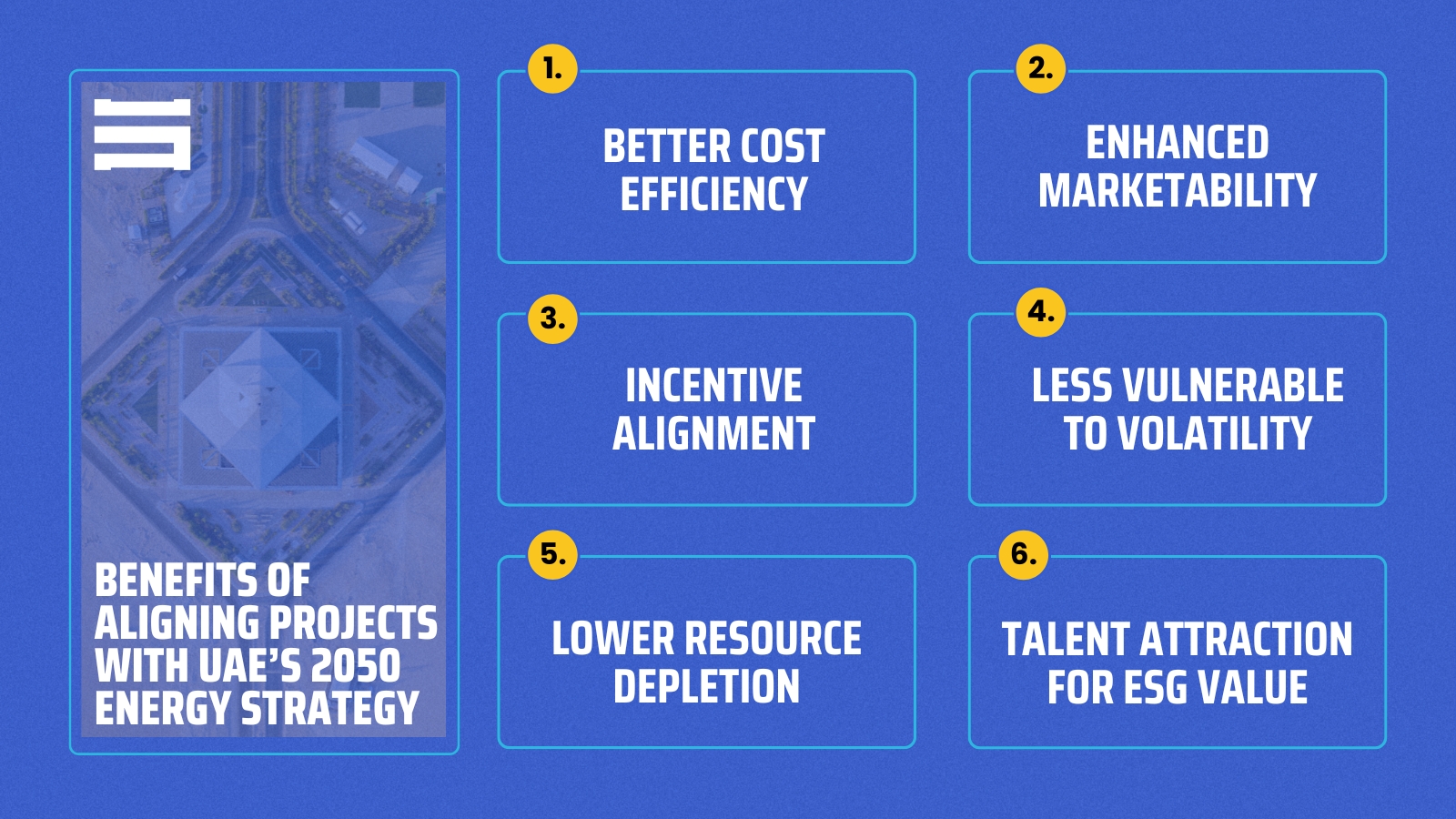
The integration of green energy principles into construction delivers a wide array of benefits, ranging from financial savings to improved public image and environmental impact.
1. Better Cost Efficiency: Green buildings reduce energy and water consumption, leading to significantly lower operational expenses. Over time, the use of renewable energy and energy-efficient technologies results in a strong return on investment.
2. Enhanced Marketability: Sustainable development commands higher market value. Tenants and buyers increasingly favour buildings that use greener energy sources, offer better indoor environments, and align with global sustainability standards.
3. Regulatory and Incentive Alignment: Projects that meet or exceed sustainability benchmarks are eligible for fast-tracked permits, financial incentives, and preferential treatment in tenders.
4. Less Vulnerable to Volatility: Buildings that use renewable energy technology are less vulnerable to fluctuations in energy prices. Long-term project viability is safeguarded by improved alignment with upcoming regulatory changes.
5. Lower Resource Depletion: Resource depletion and emissions can be decreased by aligning with renewable resources. This satisfies both moral and practical obligations while supporting national and international efforts to prevent climate change.
6. Talent Attraction: Businesses linked to sustainability and energy projects draw clients and professionals who share their values, which boosts stakeholder involvement and employee morale.
These advantages show why sustainable building is now a key tactic for long-term success in the United Arab Emirates rather than a specialised endeavor.
What are the Key Challenges with Renewable Energy in Construction Projects?
Notwithstanding its many advantages, there are certain obstacles to sustainable building in the United Arab Emirates that need to be overcome in order to guarantee its broad acceptance.
1. High Initial Costs: Green technologies and sustainable materials are frequently more expensive up front. Life cycle cost analysis and government subsidies that cover upfront costs, however, can help to lessen this.
2. Wider Skills and Knowledge Gaps: The construction industry requires ongoing upskilling due to the quick development of green technology and renewable energy sources. Specialised training programs and industry-academia cooperation can aid in closing this gap.
3. Inconsistent Supply Chains: Access to eco-friendly materials and certified products can be unreliable. Developing local manufacturing capabilities and improving supply chain transparency will be key.
4. Growing Regulatory Fragmentation: While cities like Dubai and Abu Dhabi have strong frameworks, there is still a lack of standardisation across emirates. National-level policy alignment could simplify compliance.
5. Cultural Resistance: Traditional construction habits can be hard to change. Raising awareness of the long-term advantages of green construction, from cost savings to brand value, is essential to shifting mindsets.
Addressing these challenges requires collaborative effort from government bodies, development managers, technology providers, and educators. A strategic, inclusive approach will ensure that sustainable construction becomes the standard, not the exception.
Conclusion
The construction industry in the UAE is undergoing a profound transformation. At the heart of this shift is a national vision for a cleaner, more sustainable future powered by renewable energy and green technology. This is not just a policy shift, it is more of a cultural and economic reorientation that places sustainability at the centre of urban development.
For construction stakeholders, aligning with the UAE’s green energy goals means more than compliance. It offers a pathway to innovation, market leadership, and long-term profitability. Whether through the use of renewable resources, adoption of smart technologies, or engagement with green certifications, the tools for transformation are readily available.
As energy and sustainability become inseparable from construction strategy, the construction management companies that adapt quickly will not only thrive but help shape a resilient, future-ready UAE. The time to build differently is now.
About us
At Stonehaven, we believe the future of construction lies in sustainability. As a trusted leader in sustainable design, we offer comprehensive solutions that integrate green technology into every phase of the construction lifecycle.
Our team combines deep technical expertise with a visionary approach to design, build, and manage projects that align with the UAE’s ambitious clean energy goals. From initial feasibility assessments to full-scale implementation, we prioritise energy and sustainability without compromising on quality or performance.
We specialise in delivering high-performance structures that reduce carbon footprints, enhance occupant wellbeing, and meet certification requirements such as Estidama, LEED, and BREEAM. Whether you're developing residential, commercial, or industrial projects, Stonehaven helps you turn your environmental goals into measurable results.
Let us help you build sustainably, efficiently, and boldly.

